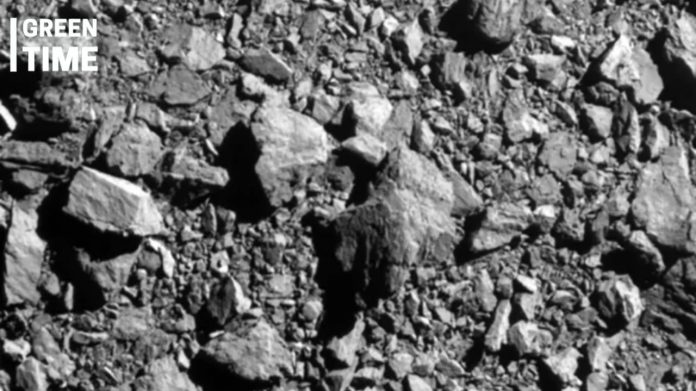NASA’s Double Asteroid Redirection Test (DART) mission, which successfully altered the orbit of the tiny asteroid Dimorphos in 2022, may have an unexpected side effect: the creation of the first human-made meteor shower, known as the Dimorphids. This revelation comes from a new study published in The Planetary Science Journal, where researchers have predicted that debris from the DART collision could potentially reach Earth’s atmosphere within the next decade.
The DART mission, orchestrated by NASA, aimed to test a planetary defense strategy by intentionally crashing a spacecraft into Dimorphos, a moonlet orbiting the larger asteroid Didymos. The objective was to assess whether such a kinetic impact could effectively change the motion of an asteroid, thereby providing a viable method to deflect potentially hazardous asteroids away from Earth. The spacecraft hit Dimorphos at a staggering speed of 13,645 miles per hour, successfully altering its orbital period around Didymos by approximately 32 to 33 minutes.
While neither Dimorphos nor Didymos poses any threat to Earth, the mission provided a valuable test case due to Dimorphos’ size, which is comparable to asteroids that could pose a risk to our planet.
In addition to altering Dimorphos’ orbit, the impact generated over 2 million pounds of debris, including rocks and dust. This material was ejected into space, leaving scientists to speculate where it might end up. Using data from the Italian satellite LICIACube, which was deployed to capture footage of the collision, researchers have simulated the trajectories of this debris. Their findings suggest that small particles from the impact could reach Earth’s atmosphere within the next 10 years, while some fragments might even arrive at Mars within seven years.
If the debris were to reach Earth, it could create a small and faint meteor shower known as the Dimorphids. These meteors, expected to peak in May and be primarily visible from the southern hemisphere, would appear to originate from the Indus constellation. However, scientists caution that the likelihood of this meteor shower occurring is low, though they cannot entirely rule it out.
Further insights into the aftermath of the DART impact will be provided by the upcoming Hera mission, led by the European Space Agency (ESA). Scheduled to launch in October, the Hera spacecraft will arrive at the Dimorphos-Didymos system by the end of 2026. Together with two accompanying CubeSats, Hera will study the composition and mass of Dimorphos, its structural changes caused by the impact, and the overall dynamical evolution of the debris.
The mission aims to answer critical questions, such as whether the impact created a crater or if it reshaped Dimorphos entirely. By observing the debris and its trajectory, scientists hope to refine their predictions and better understand the potential for meteor activity resulting from human-made impacts in space.
As humanity continues to explore and interact with our solar system, the possibility of creating a meteor shower through asteroid deflection technology is both a testament to our capabilities and a reminder of the far-reaching effects of our actions in space.

